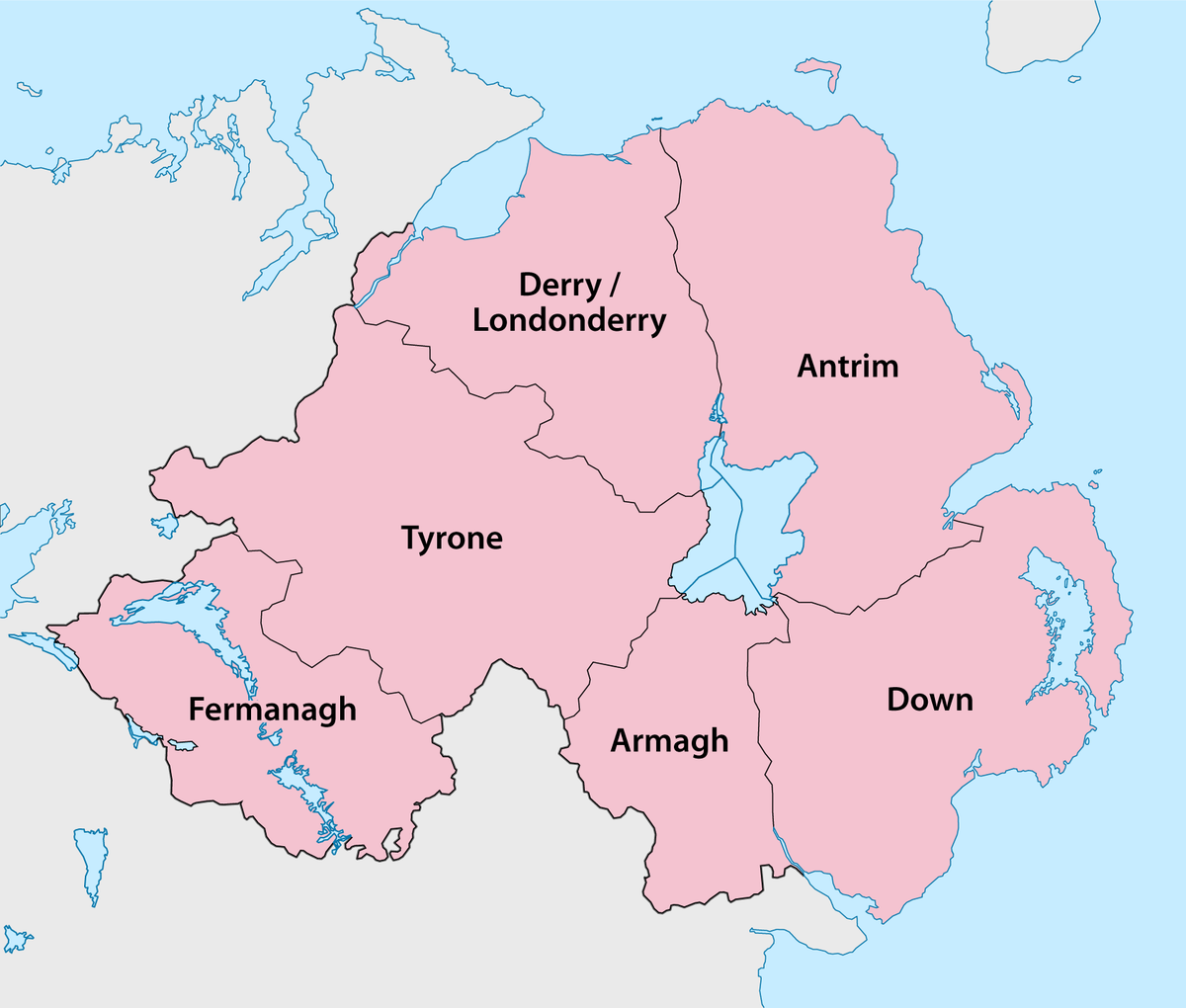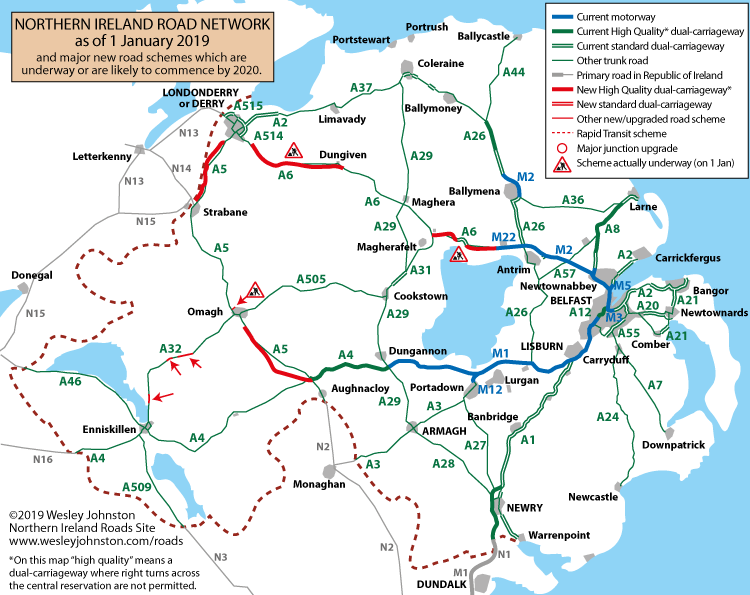The reverse also applies.
The Irish nationalist party, Sinn Féin, has been polling higher than expected and according to one of the
most recent opinion polls, has the highest support it has ever seen in the Republic. However, Sinn Féin has only fielded 42 candidates, about half the number fielded by the two main parties,
For many in Northern Ireland, the U.K.’s 2016 vote to leave the E.U. raised the question of whether or not to stay in the E.U. or the U.K. Many in Northern Ireland consider themselves more closely aligned to the E.U. and even “embracing or recognizing that element of Irish identity,” MacCarthaigh says.
Northern Ireland
voted to remain in the E.U. by a majority of 56% to 44%. Since then, there has been a large increase in the number of people from Britain and Northern Ireland
applying for an Irish passport. “I’m not saying they are turning from British into Irish but they are sort of manifesting their right to Irish citizenship by getting an Irish passport,” adds MacCarthaigh.
Feelings in Northern Ireland are complicated because membership of the E.U. has played an invaluable role in providing financial assistance to
the peace process, helping to deliver
much needed infrastructure projects and
European trade provided an economic boost to the region. The E.U. also helped fund bodies aimed at fostering cross-community relations, helping to ease tensions.
While Sinn Féin has long held a goal of Irish reunification, the party’s surge in the polls is unprecedented.
https://time.com/5779707/irish-reunification-likelihood/



